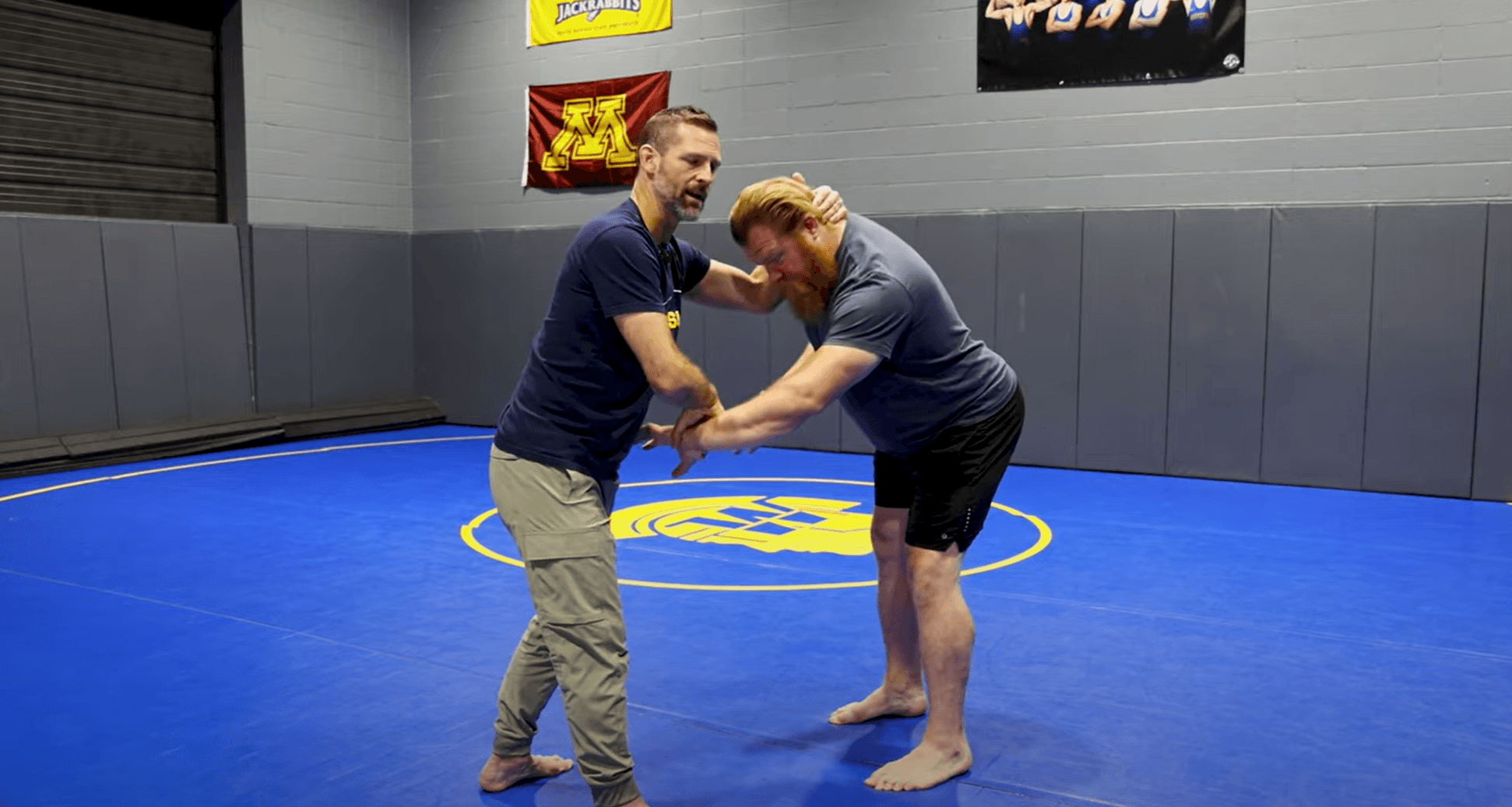Technique Videos

Level Up Your Jiu Jitsu with Wrestling Hand Fighting
In the world of Brazilian Jiu-Jitsu (BJJ), takedowns are a critical aspect that can set the tone for the rest of the match. While many BJJ practitioners focus on the ground game, mastering the art of hand-fighting is equally important for securing effective takedowns. Hand-fighting involves a series of strategic grips and controls that can give you the upper hand in a match, allowing you to dictate the flow and set up your attacks.
Key Elements of Hand-Fighting
When it comes to hand-fighting, there are three primary elements to focus on:
Control the Posture
Control an Arm
Control the Angle
Understanding and mastering these components can significantly enhance your ability to win hand-fighting exchanges and, consequently, your takedown success rate.
Control the Posture
Controlling your opponent’s head or posture is fundamental in BJJ and wrestling. When you control the head, you control the body's direction and balance. This control can be achieved through grips such as the collar tie. By manipulating your opponent's head or posture, you can disrupt their balance, making them more susceptible to takedowns.
Control an Arm
Controlling an arm is the second critical aspect of effective hand-fighting. By securing a grip on your opponent’s wrist or arm, you can limit their ability to defend against your attacks. There are various grips you can use, such as the overhand grip or a straight grip on the wrist. This control not only restricts your opponent's movements but also opens up opportunities for you to set up your takedowns.
Control the Angle
The third element, controlling the angle, is about positioning yourself in a way that maximizes your leverage while minimizing your opponent's ability to counter your moves. By positioning yourself at an angle, you can create openings for takedowns and maintain control over the engagement. Whether through collar ties, wrist grips, or underhooks, maintaining the right angle is crucial for effective hand-fighting.
Practical Applications of Hand-Fighting
Let’s look at some practical applications of hand-fighting techniques in BJJ takedowns:
Collar Tie and Wrist Control
A simple yet effective combination is the collar tie and wrist control. By securing a collar tie on your opponent’s head and a grip on their wrist, you achieve two of the three control points: head and arm. This setup allows you to manipulate your opponent’s posture and restrict their movements. From here, you can adjust your angle to find the best opportunity for a takedown.
Underhooks
Underhooks are another powerful tool in hand-fighting. There are two main types of underhooks: shallow and deep. A shallow underhook involves capturing your opponent’s shoulder while controlling their far wrist and positioning your head on the side of theirs. This position allows you to control their posture and angle, setting up numerous takedown opportunities.
A deep underhook, on the other hand, involves getting your arm deeper under your opponent’s arm and positioning your head on the far side. This deeper control provides excellent leverage for off-balancing your opponent and executing takedowns.
Two-on-One Control
Another effective hand-fighting technique is the two-on-one control. By securing both of your hands on one of your opponent’s arms, you can effectively neutralize that arm and control their posture and angle. This control gives you a significant advantage in setting up your takedowns, as your opponent will have limited options to counter.
Conclusion
Hand-fighting is an essential skill for anyone looking to improve their takedown game in Brazilian Jiu-Jitsu. By mastering the techniques of controlling the head, arm, and angle, you can gain a significant advantage over your opponents. Whether you’re a seasoned competitor or a beginner, incorporating hand-fighting into your training can elevate your game and lead to more successful takedowns. Embrace the art of hand-fighting and watch your Jiu-Jitsu skills reach new heights.